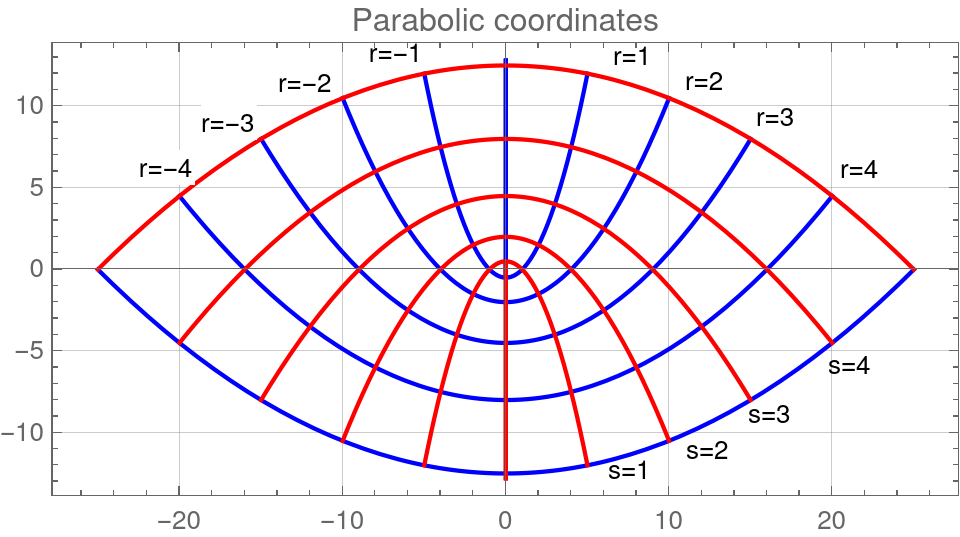 |
MATH529: Mathematical methods for the physical sciences IIMarch 10, 2022
Solve the following problems (3 course points each). Present a brief motivation of your method of solution.
Parabolic coordinates are related to rectangular coordinates through
have metric coefficients , and the Laplacian
 |
Use separation of variables to find the parabolic coordinate solution of the initial boundary value problem
Use separation of variables to find the parabolic coordinate solution of the initial boundary value problem
Find the solution of Problem 1 through the Laplace transform
Find the solution of Problem 2 through the Fourier transform
Recall the Fourier transform of monomials formula
where is the derivative of the Dirac delta function .